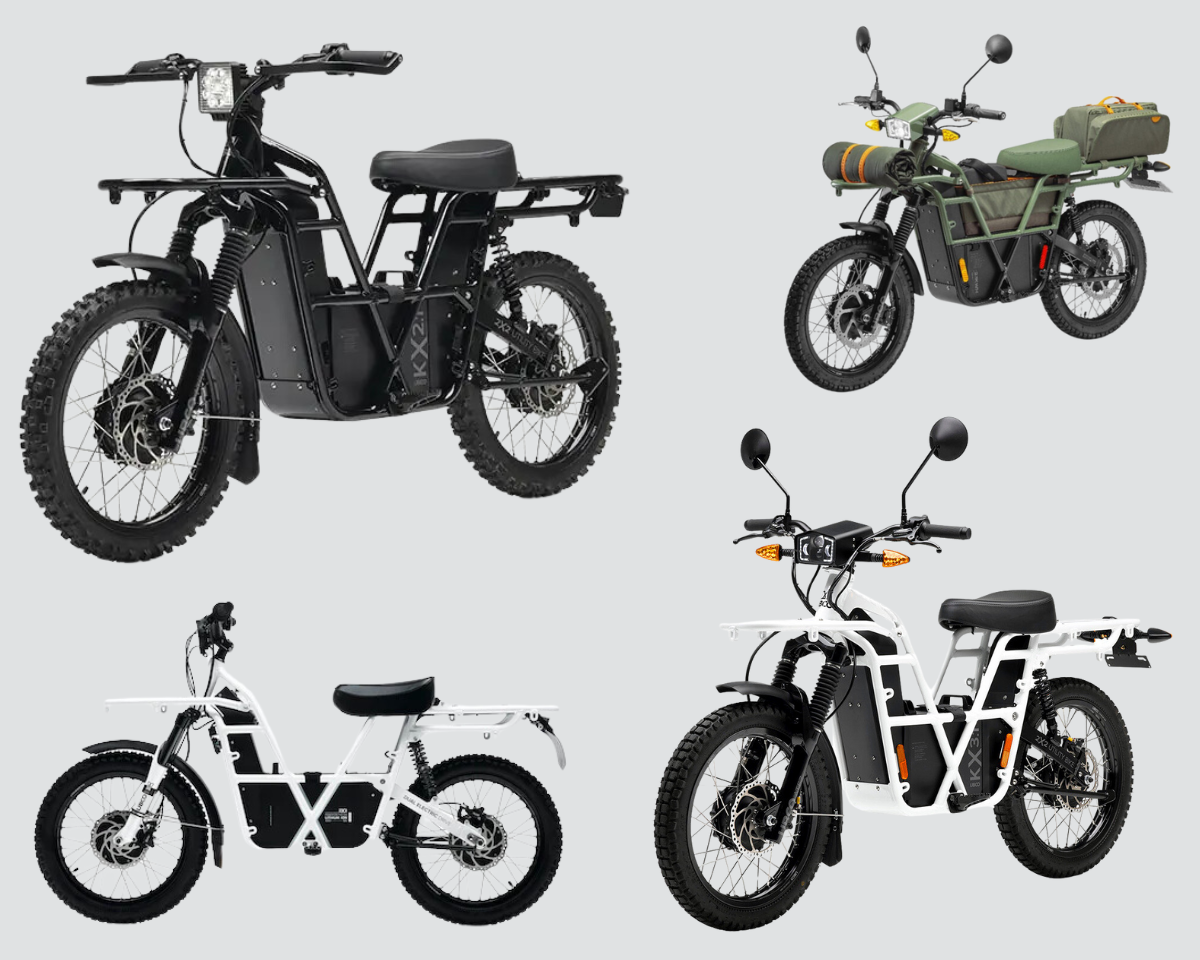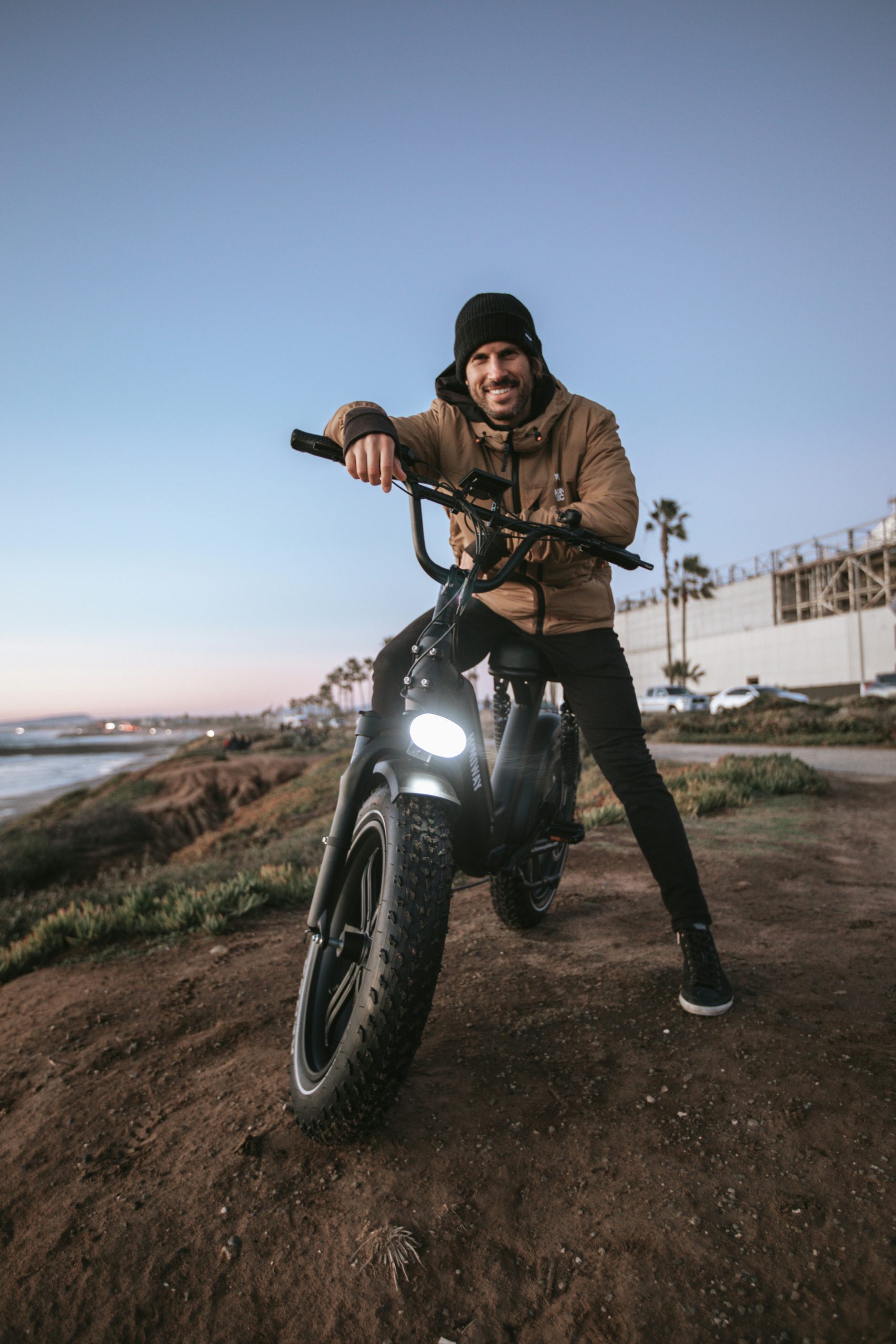Several media outlets report that Tauranga, NZ-based electric motorcycle manufacturer UBCO, has entered receivership. The New Zealand-based company also had a significant operation in the US.
The New Zealand Autocar magazine reports that Stephen Keen and David Ruscoe from Grant Thornton have been appointed as receivers, and all employees have been let go. The business is up for sale.
Here is the story from New Zealand Autocar.
The UBCO receivership situation is surprising, considering it was in August 2024 that the company announced a deal with Australian Post to deploy 175 motorcycles. At the same time, CEO Oliver Hutaff mentioned that UBCO had managed to sell more than 6000 motorcycles, and a major funding round was in the works.
It seems that it never materialized. UBCO ran out of cash and had to file for receivership.
The UBCO Story
UBCO developed a unique heavy-duty step-thru motorcycle with a 2×2 drive system. The company called it a utility electric vehicle and targeted sales to government institutions, agriculture use, and retail in the US, European, and Australian markets. The motorcycles were developed in New Zealand and were shipped from Taiwan and China.
The company was founded in 2015 and raised USD 27.2m in funding. The last round was a Series B in 2021, during which the company raised USD 10.0m.
Lead investors include TPK Holdings, Seven Peaks Ventures, and Nuance Capital, while New Zealand-based Enterprise Angels, GD1, and Snowball Effect are also on the captable.
UBCO was founded by New Zealand-based inventors Daryl Neal and Anthony Clyde and US-based entrepreneur Timothy Allan. However, the day-to-day management was taken care of by an executive team that was put in place in 2022.
In April 2022, UBCO announced a partnership with battery developer Chemix to develop and commercialize Cobalt-free cells to eventually replace the current NCM and NCA chemistry-based cells UBCO uses. The relationship focused on being the first-to-market with high-energy Co-free cylindrical cells for UBCO’s upcoming premium performance trail models.
In 2022, UBCO announced a tie-up with REEF Technology, the largest operator in the world of multi-purpose neighborhood spaces. This allowed Ubco to expand in the UK by retailing through select REEF locations.
The UBCO 2×2
Initially, UBCO offered one product in multiple variants. All the variants carry the same lightweight alloy tubular step-through frame. The lightweight construction means the motorcycle weighs only 53 kg once you remove the battery and 66 kg with a 2.1 kWh battery (71 kg with a 3.1 kWh battery) installed.

The 2×2 rides on 17” wheels, front and rear, on a 1210 mm wheelbase, making it a relatively compact and convenient machine. Two hub motors of 1.0 kW each provide power, front and rear. The top speed is rated at 50 kph for all variants except the 2×2 Hunt Edition, which has a top speed of 64 kph.

The 2×2 Work bike has a 2.1 kWh pack with an 80 km range, while the 2×2 Work Bike Dash and the 2×2 Hunt Edition have a 3.1 kWh pack with a 120 km range.
UBCO DUTY
In 2024, to meet the high-speed requirements of the Australian Post, UBCO developed the Duty variant for them. The Duty swaps UBCO’s two-wheel-drive system for a conventional Rear Wheel Drive. Power comes from an 8kW hub motor, and the Duty can do a top speed of 95 kph. The earlier 2×2 variants top out at
The Duty also comes with a significantly large battery at 6.2 kWh (2X of the UBCO 3.1 kWh pack), offering a range of 100km.

Problems?
UBCO designed a good product. The 2×2 configuration was a unique talking point. However, it added questionable utility. This was not a 2-tonne machine that needed an all-wheel drive to get out of the mush. A motorcycle so light could be lifted out of trouble bodily if required. The 2×2 drive and the high-tensile steel frame with 19 forged mounting points were the calling cards, but they would have increased BoM costs by at least USD 500, maybe significantly more, because of the very low purchasing volume.
Then, for some reason, Ubco went in with tiny motors – 1.0kW each, though both came with a planetary gear system to improve the torque at the wheel, making the UBCOs great hill climbers. However, they did not look good on the spec sheet.
The best thing UBCO did was to raise significant capital for an arguably small operation. But, with nearly 100 employees, this was a heavy operation with very low sales volumes. The burn rate ate things up fast. With private capital drying up for EVs across the globe, UBCO could not manage the planned funding round and had to file for receivership.
Impact
New Zealand is not a significant country when it comes to two-wheelers. Sales volumes are low, and innovators (and NZ has a history of motorcycle innovators) have to design for the global market. UBCO did well in that aspect. They were designed in NZ and manufactured in China/Taiwan. They were already available through 300 multi-brand dealers in the US market and had set up networks in Europe and Australia. Even then, the sales volumes stayed low – 6000 motorcycles in nearly nine years is small, whichever way you may look at it.
The company’s passion for products and product design can be seen through its still functional US website. However, at USD 3,999 – 8,999 for the motorcycles, they were another Cake from the southern hemisphere.
However, at a USD 4,999 starting point for what essentially was a 2.0 kW motorcycle, UBCO found few takers. The bigger motor variant carried significantly higher prices, making them unsellable.
UBCO’s problems are symbolic of the rest of the industry. Manufacturers have to take careful calls with products. At times, passionate innovators lose sight of the market, developing things in an echo chamber but finding few takers in the real world.


